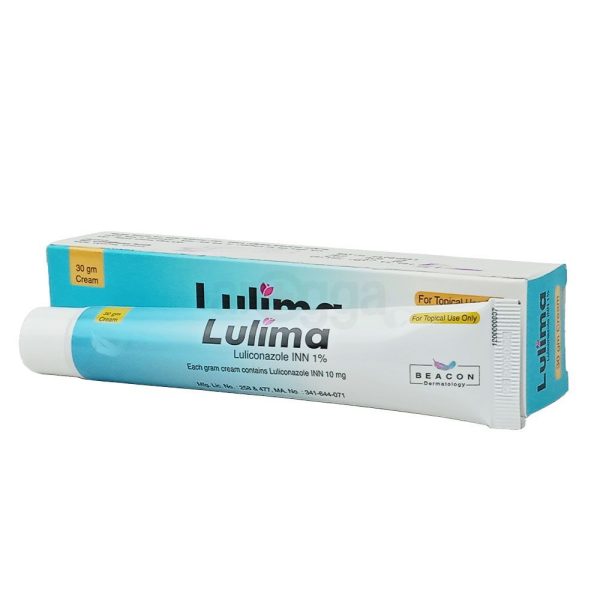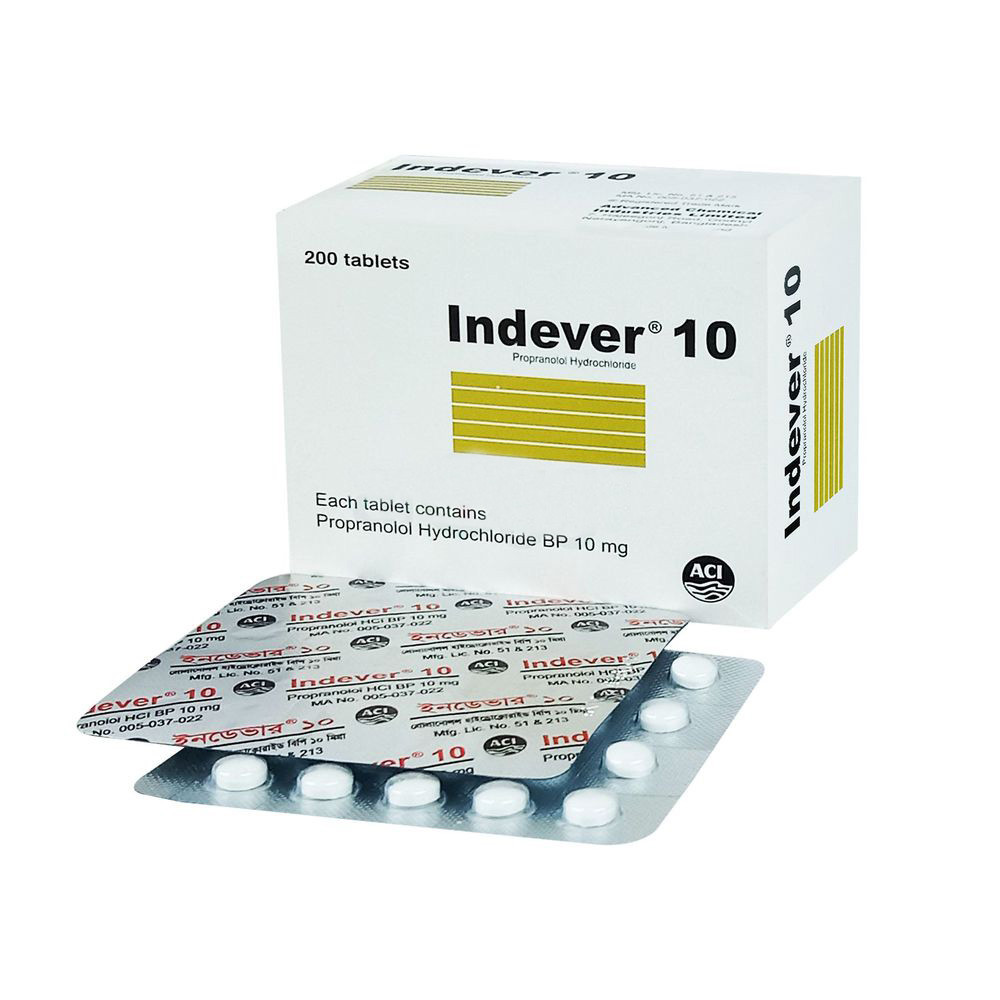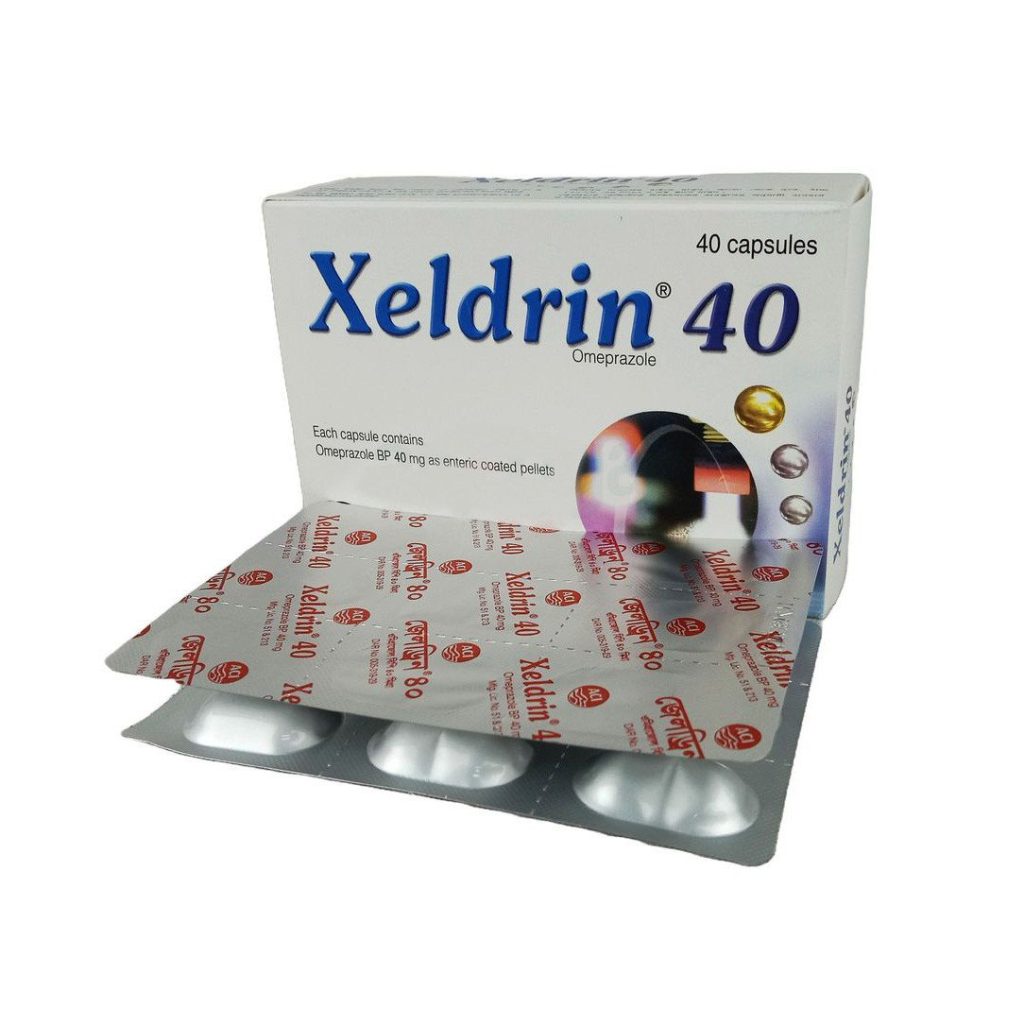Medicine Overview of Annova 500mg Tablet
Annova 500 is a pain relieving medicine. It provides relief to pain and inflammation in conditions like osteoarthritis, rheumatoid arthritis, ankylosing spondylitis, gout, and juvenile arthritis. It also helps in relieving muscle and joint pain, headache, toothache, and menstrual cramps.
Annova 500 should be taken with food to avoid stomach upset and reduce side effects. In general, you should try to use the smallest amount necessary to control your symptoms, for the shortest possible time. You should take this medicine regularly while you need it. Try not to miss doses as it will become less effective if you do.
The common side effects of this medicine include vomiting, stomach pain, nausea, and indigestion. If any of these side effects do not resolve with time or get worse, you should let your doctor know. Your doctor may be able to suggest ways of preventing or reducing the symptoms.
This medicine is generally considered safe but is not suitable for everybody. Before you take it, you should tell your doctor if you have kidney problems, asthma, blood disorders or drink a lot of alcohol. Also, tell your doctor what other medicines you are taking to make sure you are safe. It is best to avoid drinking alcohol while using this medicine.
- Pain relief
- Vomiting
- Nausea
- Indigestion
- Heartburn
-
You have been prescribed Annova 500 to relieve pain and inflammation.
-
Take it with food or milk to prevent upset stomach.
-
Take it as per the dose and duration prescribed by your doctor. Long term use may lead to serious complications such as stomach bleeding and kidney problems.
-
Do not take indigestion remedies (antacids) within two hours of taking Annova 500.
-
Avoid consuming alcohol while taking Annova 500 as it can increase your risk of stomach problems.
-
Inform your doctor if you have a history of heart disease or stroke.
-
Your doctor may regularly monitor your kidney function, liver function and levels of blood components if you are taking this medicine for long-term treatment.
Adults
Oral:
Pain
500 mg PO initially, then 250 mg PO q6-8hr or
500 mg PO q12hr PRN; not to exceed 1250 mg/day naproxen base on day 1; subsequent daily doses should not exceed 1000 mg naproxen base
Extended release: 750-1000 mg PO qDay; may temporarily increase to 1500 mg/day if tolerated well and clinically indicated
Rheumatoid Arthritis, Osteoarthritis, Ankylosing Spondylitis
500-1000 mg/day PO divided q12hr; may increase to 1500 mg/day if tolerated well for limited time
Extended release: 750-1000 mg PO qDay; may temporarily increase to 1500 mg/day if tolerated well and clinically indicated
Dysmenorrhea
500 mg PO initially, then 250 mg PO q6-8hr or 500 mg PO q12hr (long-acting formula); not to exceed 1250 mg/day on first day; subsequent doses should not exceed 1000 mg/day naproxen base
Gout, Acute
750 mg PO initially, followed by 250 mg q8hr until attack subsides
Extended release: 1000-1500 mg qDay, followed by 1000 mg qDay until attack subsides
Pain
>12 years
500 mg PO initially, then 250 mg PO q6-8hr or 500 mg PO q12hr PRN; not to exceed 1250 mg/day naproxen base on day 1; subsequent daily doses should not exceed 1000 mg naproxen base
Extended release: 750-1000 mg PO qDay; may temporarily increase to 1500 mg/day if tolerated well and clinically indicated
Juvenile Idiopathic Arthritis
>2 years: 10 mg/kg/day oral suspension PO divided q12hr; not to exceed 15 mg/kg/day
Renal impairment: CrCl <30 mL/min: Use not recommended
Severe: Contraindicated.
Patient w/ known CV disease or risk factors for CV disease, history of GI bleeding or peptic ulceration, fluid retention or heart failure. Hepatic and renal impairment. Elderly. Pregnancy and lactation. Patient Counselling May impair ability to drive and operate machinery. Monitoring Parameters BP should be monitored closely during initiation and throughout therapy. Perform periodically renal function, CBC and chemistry profile in patients receiving long-term therapy.
Lactation: Drug excreted in breast milk; effect on infant unknown; not recommended
1-10%
Abdominal pain (3-9%),Constipation (3-9%),Dizziness (3-9%),Drowsiness (3-9%),Headache (3-9%),Heartburn (3-9%),Nausea (3-9%),Edema (3-9%),GI bleeding (1-4%),GI perforation (1-4%),Lightneadedness (<3%),GI ulcers (1-4%),Fluid retention (3-9%),Diarrhea (1-3%),Stomatitis (<3%),Diverticulitis (1-3%),Dyspnea (3-9%),Hearing disturbances (<3%)
<1%
Meaningful (3 × upper limit of normal) elevation of serum alanine aminotransferase or aspartate aminotransferase
May enhance methotrexate toxicity. Reduced BP response to ACE inhibitors or angiotensin II receptor antagonists. Increased risk of serious GI events (e.g. ulcer) w/ aspirin. Increased risk of GI bleeding w/ warfarin. May reduce the natriuretic effects of furosemide or thiazide diuretics. May increase serum lithium concentrations and reduce renal lithium clearance.
Delayed absorption w/ antacids, colestyramine or sucralfate. May interfere w/ the antihypertensive effects of beta-blockers (e.g. propranolol). May increase serum levels w/ probenecid.































